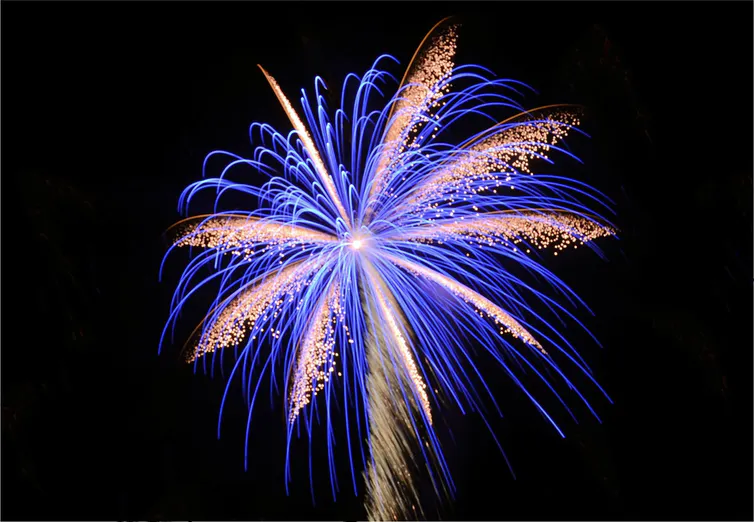Red, white but rarely blue – the science of fireworks colors, explained
Fireworks are a class of explosive pyrotechnic devices that commonly come in around seven colors. more…

Red, white but rarely blue – the science of fireworks colors, explained
Fireworks are a class of explosive pyrotechnic devices that commonly come in around seven colors. more…

I didn’t realise ‘The Conversation’ was an international site with national editions for various countries.
Witty Rejoinder said:
I didn’t realise ‘The Conversation’ was an international site with national editions for various countries.
Started in Melbourne and expanded globally.
Bubblecar said:
Witty Rejoinder said:
I didn’t realise ‘The Conversation’ was an international site with national editions for various countries.
Started in Melbourne and expanded globally.
Interesting.
Tau.Neutrino said:
Red, white but rarely blue – the science of fireworks colors, explainedFireworks are a class of explosive pyrotechnic devices that commonly come in around seven colors. more…
> Adding the element strontium to a color pyrotechnic mix produces a red flame; copper, blue; barium, green; and sodium for yellow.
Now if someone would explain to me why ball lightning occurs almost equally often
as red, white, yellow, blue, variable and multicoloured,
less often as green?